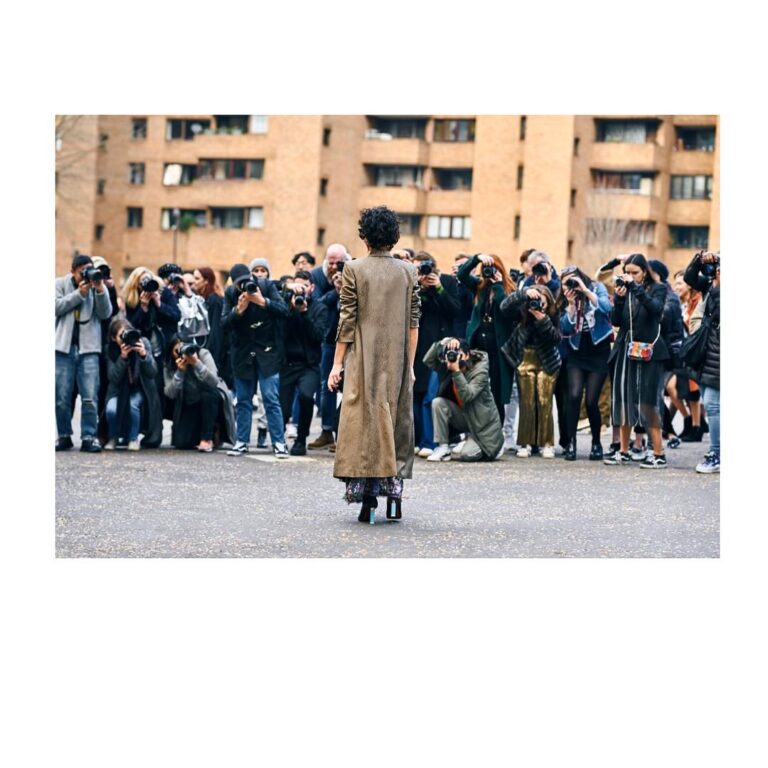Content Conundrum
Since the 2000s, African mobile penetration has grown rapidly. And yet the percentage of the population with access to the internet is still abysmal at 43%. Africa is the only continent where more than half the population is without internet access. Of the 25 nations with connectivity issues, 21 are African.
Despite low penetration, African social media growth sits at 14% year-on-year (2019-20), bested only by Asia with 17%. This growth is fuelled largely by African content creators and is becoming instrumental in closing the wealth gap as Africans seek internet-based income-generating activities.
The pandemic also drove wider social media adoption, and content creators’ growing influence is attracting the interest of brands.
Attracting the Influencers
Most African users on streaming plat forms are Gen-Z and millennials. Brands have flocked to these underdog media platforms to find creative ways to partner with influencers for amplified brand exposure among this often hard-to-reach demographic. As a result, platforms are making feature changes or updates to accommodate content creators and specifically adding content creation functionality and rewards.
Facebook has been on the path to becoming a creator platform rather than just a personal network. TikTok is, of course, miles ahead and has a more aggressive approach to rewarding content creators. YouT u be already has this nailed to a tee.
In addition, Pinterest recently announced a push to reward creators on the platform, investing $20m in paying creators in the US to develop inspiring content.
How African creators are using social media to reach audiences and generate revenue is as varied as the platforms themselves.
Toolsplit, a technology review YouTube channel run by Ethan Okwara, features reviews but has been able to secure brand deals with Infinix and Samsung. Jenni Frank is a TikTok ‘slowmochallenge’ sensation, commanding a net worth of $50,000 and featuring music industry brands such as Phyno Fino, Yemi Alade, and Falz The Bahd Guy. Khaby Lame, a Senegalese-born TikToker with more than 114 million followers, nets between $Im and $2m annually with comical impressions that have captured the attention of a global audience.
At a Disadvantage
Compared with their international counterparts. however. African content creators face a unique set of challenges when it comes to the infrastructure necessary for consistent, quality content creation. They include:
Financial connectivity
Companies like PayPal and Stripe had previously restricted access to their plat forms based on geography. Creators bad to find a workaround for their payment integrations, including routing payments through American or European third-party clients. While PayPal and Stripe have started collaborating with Africa n payment solution providers to provide last-mile payment solutions, this has been slow.
Transparency issues
The general Jack of transparency in community guidelines and reward systems has left content creators confused about how best to produce and promote their content.
Regulatory requirements
In June 2021, Nigeria’s information minister announced an indefinite suspension of Twitter’s services in Nigeria in response to what he called “the persistent use of the platform for activities that are capable of undermining Nigeria’s corporate existence”. Nigeria’s president ordered the ban to be lifted in October, but it has cost the economy an estimated $6m.
Digital tax legislation in relevant jurisdictions across Africa also has a far-reaching impact on the services provided.
Regulation should be an act of collaboration between legislators. regulators and practitioners, but it is not always so.
Digital skills
A limitation that is common in Africa is poor education that limits the quality and sustainability of content creator activity in Nigeria. While most economies have awareness initiatives to pro mote the adoption of digital skills, this impact is hard to scale if governments do not formally introduce digital skills into their curriculum, within and beyond higher education.
Poor digital infrastructure
Speaking in The Africa Report, Guy Zibi, founder of the consulting firm Xalam Analytics, says: “The rate of adoption of [4G and fiber optic broadband] was estimated at around 15% in 2020.” In Europe, broadband penetration rates are at around 75-80% for 4G and fiber combined (as opposed to standard, land based cables delivering the majority of Africa’s non-mobile internet provision). Inequalities in digital access continue to widen, as 52% that have3G or 4G deem it too expensive to use.
Africa must first improve its existing network by investing in digital infra structure and focusing on the “useful connection”.
Level the Playing Field
That said, steps are being taken to make it easier for content creators to access all the opportunities social media plat forms have to offer. For example, some telecommunication companies are bun d ling data services to make it cheaper for users to stream online. MTN has affordable bundling of Facebook, Instagram, TikTok, and YouTube data packages across its markets in Africa. This has been replicated by Airtel and other tele communications companies.
Media companies like Boomplay and Audiomack are also taking advantage of these package options to enhance their user experience.
TikTok has undertaken a strategic relationship in signing a multi-year licensing deal with the Composers, Authors, and Publishers Association (CAPASSO) and the Southern African Music Rights Organisation (SAMRO). This is complementary to other collaborative efforts.
The Singaporean streaming platform Bigo has an impressive adoption rate across Africa but unlike YouTube and TikTok, it adopts an ad-hoc ‘agency’ approach to the last mile consummation of its reward system. Its innovative gamification model has made it an appealing alternative for content creators.
The importance of the creator economy in Africa cannot be overstated. With intentional effort by governments and platforms, everyone can access improved earning power, create local and global impact, and improve the wellbeing of users, especially for those at the heart of the ecosystem – the creators themselves.







